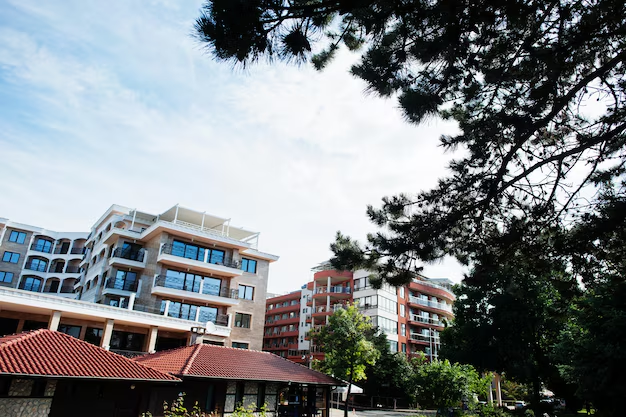Discover Selma Housing Authority: Your Guide to Affordable Housing and More
Finding a place to call home can be a challenging journey, especially when financial constraints are in play. If you are in Selma, understanding what the Selma Housing Authority (SHA) offers could be your first step toward securing affordable housing. This guide will walk you through what SHA can do for you while exploring additional financial resources that can alleviate housing-related burdens.
What Does the Selma Housing Authority Offer?
Selma Housing Authority is dedicated to providing safe, affordable, and decent housing opportunities for low to moderate-income families in Selma. The authority manages several public housing units and administers the Housing Choice Voucher Program, commonly known as Section 8, aimed at helping families pay rent in the private housing market.
Benefits of Engaging with Selma Housing Authority
- Access to Affordable Housing: SHA’s public housing units offer well-maintained and budget-friendly options for those in need.
- Rental Assistance: Through the Section 8 program, qualified families can receive vouchers to cover a significant portion of their rent.
- Community Support Services: SHA often partners with local organizations to offer educational workshops and job training programs for residents.
Expanding Your Financial Assistance Options
While securing housing through SHA is a significant step, handling ongoing financial commitments can still feel overwhelming. Exploring broader financial assistance programs can make a crucial difference.
Government Aid Programs
- Community Development Block Grants (CDBG): These grants provide resources to address various community development needs, including housing rehabilitation.
- Temporary Assistance for Needy Families (TANF): TANF offers financial support to low-income families with children, aiding in maintaining stable housing.
Financial Assistance and Debt Relief Options
- Non-Profit Credit Counseling: Organizations offer budget counseling and debt management plans to help you regain financial stability.
- Debt Consolidation Programs: Combining multiple debts into a single payment can reduce interest rates and simplify financial management.
Educational Grants and Vocational Training
- Pell Grants: For those eligible, these grants can cover educational expenses without the need to be repaid—a stepping stone to better employment opportunities.
- Workforce Innovation and Opportunity Act (WIOA): This program provides grants for job training and employment services, enhancing job market competitiveness.
Practical Financial Solutions to Consider
By blending housing support from SHA with strategic financial planning and education, stability is within reach. Here's a curated list of resources that might help you along the way:
- 🏠 Section 8 Housing Vouchers: Partial rent payment assistance.
- 🏡 Public Housing Units: Affordable rental options through SHA.
- 💵 Temporary Assistance for Needy Families (TANF): Financial support for low-income families.
- 📑 Community Development Block Grants (CDBG): Development funds for housing needs.
- 👩🎓 Pell Grants: Financial aid for higher education.
- 🏫 WIOA Training: Grants for occupational skills training.
- 💳 Debt Consolidation: Streamlined debt payments with potentially lower interest rates.
- 📞 Non-Profit Credit Counseling: Guidance to manage finances better.
Leverage these resources and take proactive steps to improve your financial outlook and secure a stable home environment. With the Selma Housing Authority’s support and a comprehensive approach to financial health, a secure and thriving future is not just a dream, but a tangible possibility.
